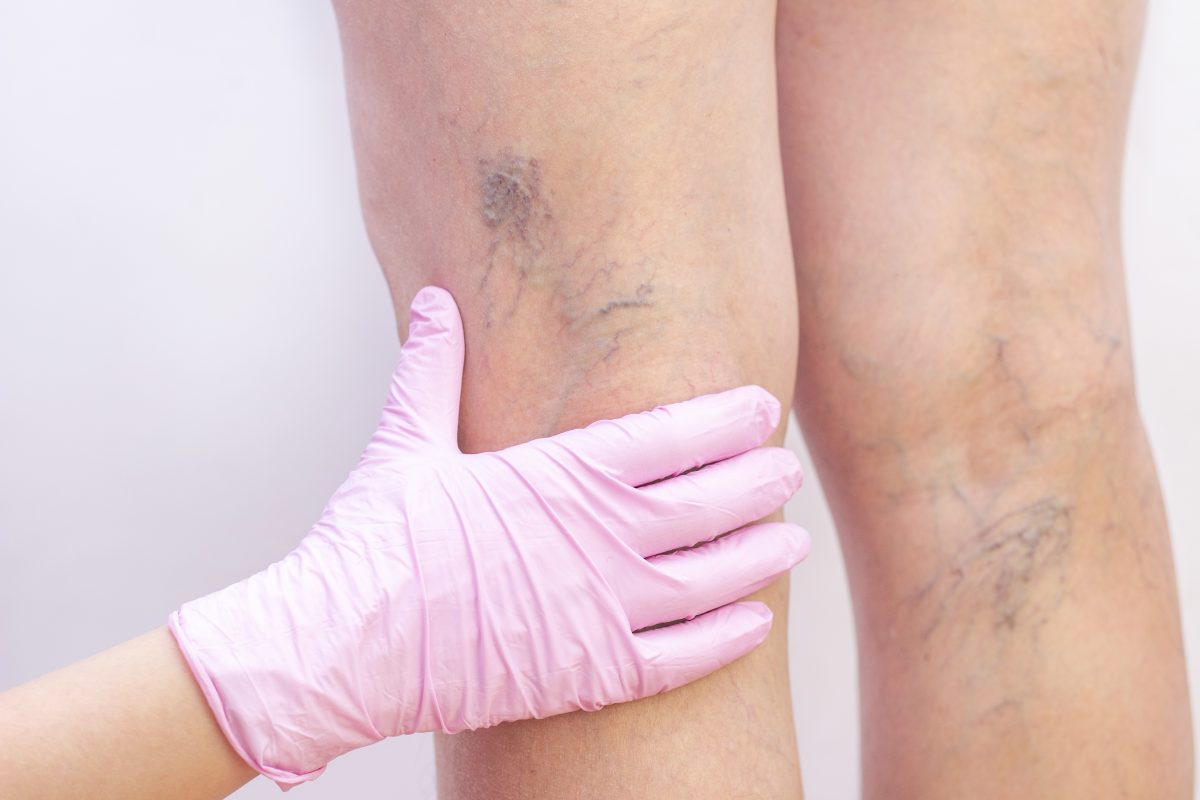If you are dealing with spider veins or small varicose veins, CLaCS (Cryo-Laser and Cryo-Sclerotherapy) is one of the most advanced, minimally invasive treatments available today. At Surekha Varicose Veins Clinic, we offer CLaCS treatment in Palava to help patients achieve healthier, clearer legs without surgery and with minimal downtime.
This guide will walk you through exactly what happens during the procedure so you know what to expect at each stage.
Step 1: Initial Consultation & Assessment
Your journey begins with a detailed consultation with our vein specialist. We use advanced vein mapping technology to identify both visible veins and hidden feeder veins that contribute to your condition. This ensures your treatment plan is precise and effective.
What happens:
- Medical history review
- Physical examination of the legs
- Duplex ultrasound or vein transillumination to locate problematic veins
- Discussion of treatment goals and expected outcomes
Step 2: Preparing for the Procedure
On the day of your CLaCS treatment, you won’t need any special fasting or hospitalization. Just wear comfortable clothing and avoid applying creams or lotions on your legs.
We ensure:
- The treatment area is cleaned and prepared
- You are comfortably positioned for the procedure
- The skin is cooled with a cryo device to reduce discomfort
Step 3: Laser Treatment for Spider & Feeder Veins
The first step of the procedure involves targeting the visible and feeder veins with a special transdermal laser. The laser heats and damages the vein walls, making them collapse and close.
Benefits:
- Precise targeting without damaging surrounding tissues
- Minimal discomfort due to simultaneous skin cooling
- No need for anesthesia
Step 4: Micro-Sclerotherapy Injection
Immediately after the laser step, a sclerosing solution is injected into the treated veins using ultra-fine needles. This chemical agent seals the vein, ensuring it does not reappear.
Why this combination works:
- Laser treats superficial and feeder veins
- Sclerotherapy seals off the targeted veins
- Cooling prevents pain and bruising
Step 5: Post-Treatment Care
After your CLaCS session, you can resume most daily activities right away.
Aftercare tips:
- Wear compression stockings if recommended by the doctor
- Avoid direct sun exposure on treated areas for a few weeks
- Keep the legs elevated when resting to aid circulation
- Follow up with the specialist for review and possible touch-ups
Step 6: Recovery & Results
Most patients see visible improvement within 2–6 weeks, with continued fading over the next few months. Since the procedure is non-surgical, there is usually no downtime, making it ideal for those with busy schedules.
Why Choose Surekha Varicose Veins Clinic for CLaCS Treatment in Palava?
- Experienced vein specialist with advanced training in CLaCS
- State-of-the-art technology for accurate diagnosis and treatment
- Minimally invasive, under short observation
- Focus on long-term results and patient comfort
CLaCS treatment is a safe, effective, and modern solution for spider and small varicose veins. At Surekha Varicose Veins Clinic, we combine expertise with advanced technology to give you the best results possible.
If you are looking for CLaCS treatment in Palava, book your consultation today and take the first step towards healthier, beautiful legs.





